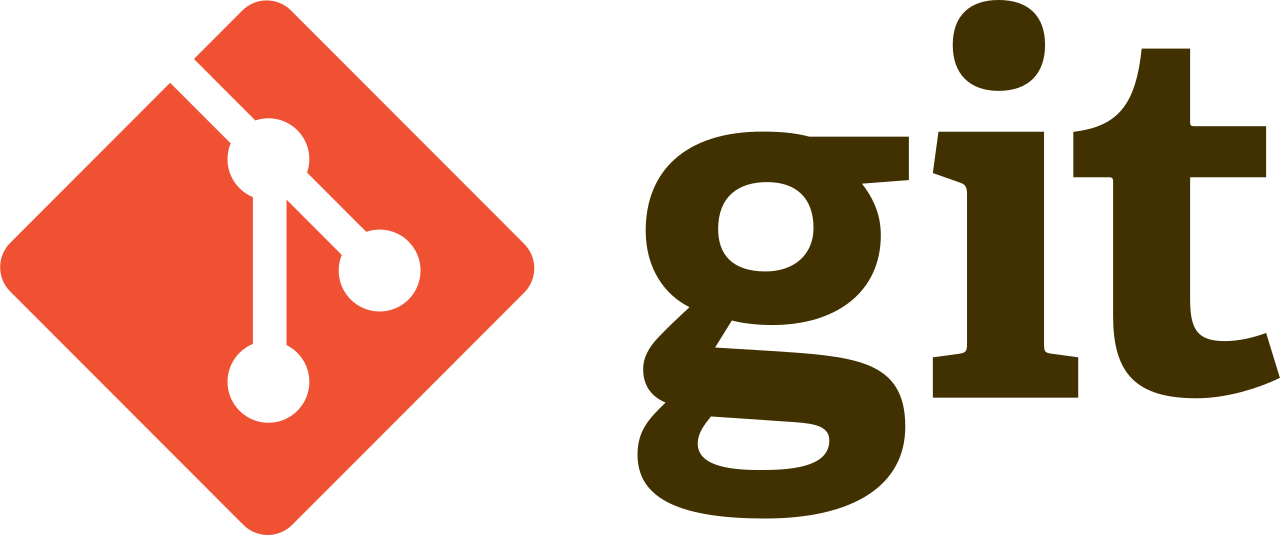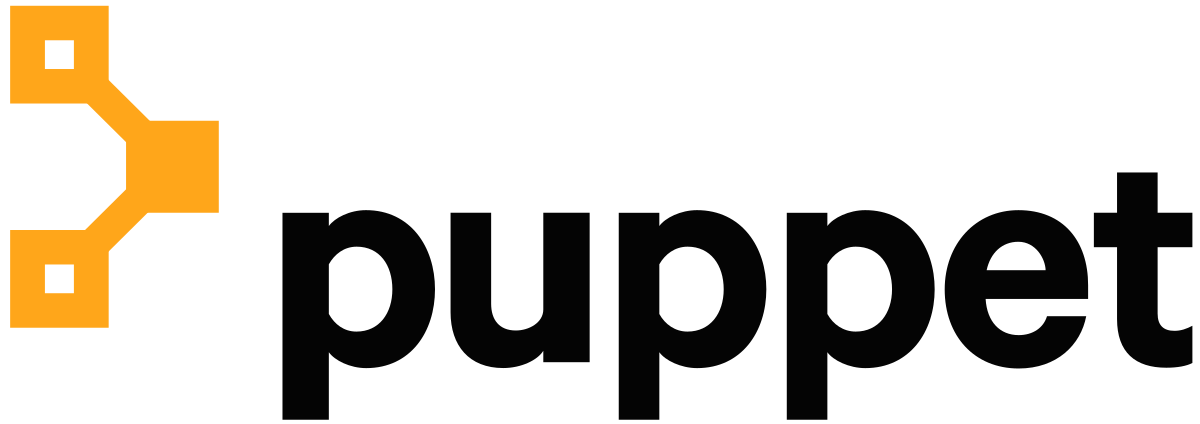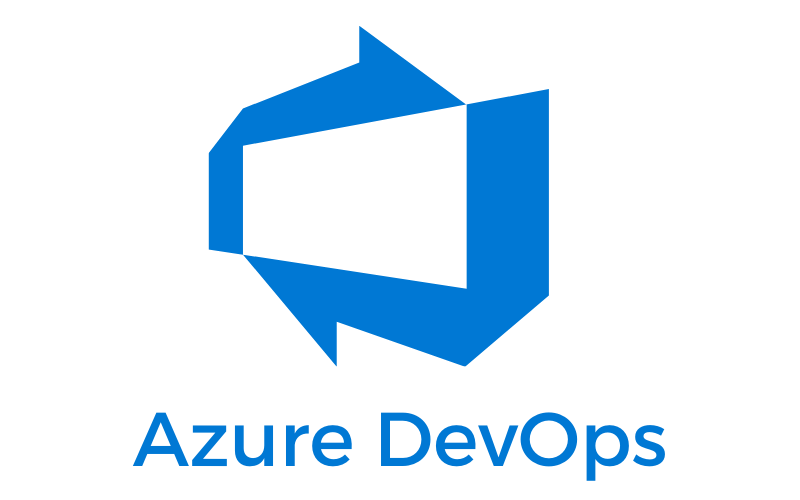8 Most Commonly Used DevOps Tools and Solutions

DevOps is a practice to merge quality assurance, development, and operations (integration and deployment) into one set of processes. The name is derived from development and operations, and the methodology is naturally an extension of Agile.
The DevOps approach emphasizes the automation of specific software development processes such as building, testing, releasing, detection, and response to the incident, resulting in high-quality products, faster time-to-market, reduced failures, software rollbacks, etc. However, successfully implementing it requires the right tools.
DevOps integration is a more recent and robust software development approach. So it may be challenging to determine the best methodologies or tools for your team, especially if you’re new to it.
Git

This is a distributed source code management (SCM) tool used by open-source contributors and remote teams. It enables you to track your development work progress, save your source code in different versions, and return to the previous version when necessary. This tool is also ideal for experimenting because it is easy to merge new features and create several branches. It is also a command-line tool with which you can download the GUI client to manage your source code more quickly from a user-friendly interface.
Maven

This is an automation building framework and vital to building projects. According to the best dissertation writing service, it is made to manage documentation, reporting, dependencies, releases, and distribution processes. This java-written tool can be used for building and managing projects written in C#, Java, Scala, Ruby, and other programming languages that use POM plugins.
Maven ensures ease in monitoring and building processes through automation and maintains a uniform building process that ensures efficiency and consistency. Moreover, IDEs such as Eclipse, MyEclipse, IntelliJ IDEA, JBuilder, etc., give it broad compatibility, and the extensive collection of plugins enhances the building process.
Jira

This is a renowned project management and issue tracking platform and can be used on-premise or SaaS. It was initially created for bug tracking, and many developers still see it this way. The user-friendly interface ensures that you can see your project’s development status in context, manage releases and dependencies, view commits, visualize progress, pull requests and create branches, etc. Its project management capability was added later to complement the bug tracking features.
Jenkins

This DevOps tool is a java-based open-source automation server for continuous integration and stands out because it is built for both plugin and internal extensions. In addition, it is deployable on cloud-based platforms and supported by several operating systems such as macOS, Windows, and other Unix OS.
Jenkins is an indispensable tool because of its compatibility with numerous Continuous Delivery and Continuous Integration services and tools. It also has more than 1500 plugins providing integration points to deliver customized functionality during the software development process.
Ansible

Ansible is a configuration management tool open-source. It has similar functionality to other DevOps automation tools such as Puppet and Chef on the deployment of the CI-CD pipeline. It can be used in the configuration of automation and infrastructure deployment.
It is simple and easy to use compared to other DevOps tools and uses the IAC (Infrastructure-as-Code) approach and the simple YAML syntax, which you can use to define your tasks. An impressive feature of this tool is the agentless architecture that makes it impossible for agents or daemons to run successfully in the background.
Puppet

As mentioned in the published essay help, Puppet is an open-source tool and uses declarative programming for server management, deployment, and system configuration. This tool is compatible with numerous platforms and is organized in reusable modules for the pre-configured servers to be easily set up. It uses the IAC approach, adopting a master-slave architecture. The user interface is intuitive and easily ensures node management, real-time reporting, and other tasks.
Azure DevOps

This is the integrated DevOps platform from Microsoft that allows users to manage their entire Dev Ops cycle from an integrated interface. This tool is a cloud DevOps tool and can also be used as a SaaS application. However, it also has an on-premise version that can be self-hosted in your data center.
This DevOps solution from Microsoft collects several tools, each addressing different stages of the workflow. The Azure Boards can be used for project management and planning, while Azure Pipeline can be used for CI/CD. Azure Artifacts allows users to create, deploy, and manage packages, Azure Test Plans works as a testing tool, and Azure Repos comes with cloud-hosted Git repos.
However, you may not need to use all of the tools available in this service. This is why it is possible to subscribe to each one individually. There are also thousands of extensions that you can use if you need additional features.
Docker

This tool is created to automate the development, management, and deployment of containerized apps on single nodes. It is an open-source tool compatible with several cloud services such as Azure Cloud, GCP, and AWS. It also works on Linux and Windows operating systems.
Conclusion
DevOps adoption is on the rise and the demand for DevOps skills. With a system as fast-growing as this, it is essential to know some of the best methodologies and tools that work best with it.